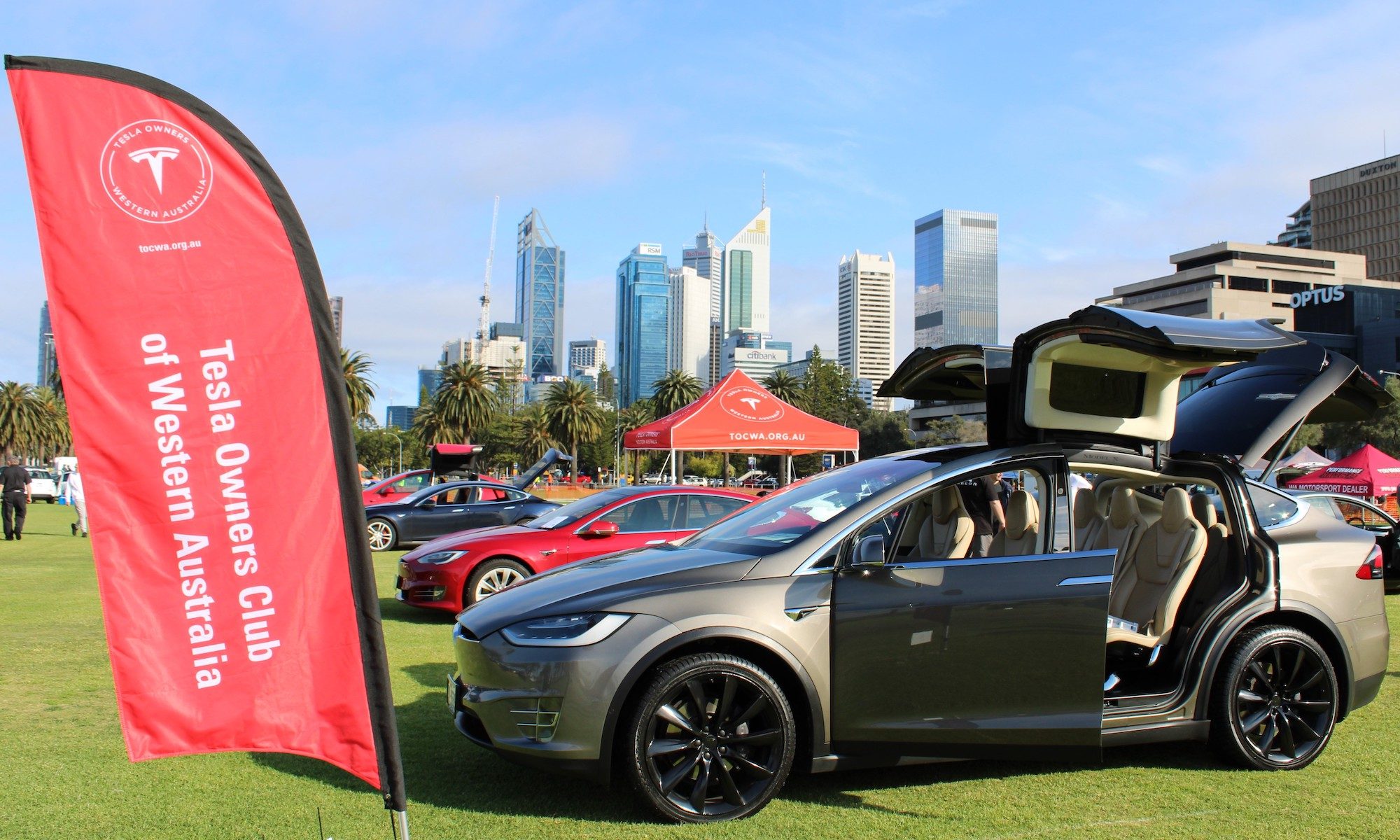This video shows how to install a software update for your car.
All New Vehicle Sales Electric by 2026? Of course it’s possible.
Recently Perth based futurist Professor Ray Wills updated his predictions on electric vehicles. His forecast of all new vehicle sales globally being 100% electric by 2026 is a real eye opener to many, it also draws out the negative amongst Australians, even those who already own an electric vehicle. Not possible they say, not even 2036, normally followed by poorly researched reason why they disagree. Here are a few and why this reasoning is flawed.
Electric vehicles are not popular –
If most research is showing around 50% of drivers would like an EV in the future, that doesn’t mean a proportion of the other 50% won’t change their mind in the next six years, lower price and better functionality will quickly gain the attention of potential buyers, it did with big screen TVs, Digital Cameras and Mobile phones, EVs will do the same.
Some people live in multi story apartments, they can’t charge their car –
So how do they fuel up their petrol car at the apartments? They don’t, they drive to the service station, there’s no reason why the apartment living EV owner can’t drive down to a charging station and charge up while having a Coffee. There’s dozens of possible locations to charge an EV, there’s only one way to fuel a petrol car safely, at a service station.
There are some functions an EV just can’t perform –
90% of the driving population cruise around the city and suburbs, they don’t tow 3500kg boats on 2000km journeys without stopping more than once, they don’t spend every winter driving the Canning stock route, in fact 80% of the people who own a 4×4 don’t even know where the Canning stock is.
There are owners than just won’t drive anything without an internal combustion engine (ICE) –
I don’t doubt that, although those drivers will be a small minority, I also firmly believe they’ll have no reason to buy a new ICE from a dealership when the second hand car market will be awash with perfectly good and very cheap ICE vehicles.
The battery technology for long range 4x4s won’t be available by 2026 –
Maybe, maybe not, but as I say above the second hand vehicle market can cover that. Think about this though, in 2012 it was a wild dream that a 2200kg family sedan could travel 600kms on a charge as well as accelerate from 0-100kmh in 2.5 seconds, one little start up company from California achieved this by 2018, imagine what the combined forces of the worlds vehicle makers could achieve in battery technology.
The worlds vehicle makers will still produce profit making internal combustion engine vehicles in 2026 –
They’d like to but the cats now out of the bag, Tesla has seen to that, EVs are superior in nearly every area. On top of that there’s two other issues, one is the reduction in new vehicle sales world wide since 2018, and the other is the ever tightening regulations governments are placing on combustion engines, any vehicle maker that doesn’t quickly move to producing EVs is dead.
There’s not enough resources and factories to make all new vehicles electric by 2026 –
To start with new vehicle sales are on a decline and that will continue. There are a number of reasons for this, one of them being is that vehicles are becoming more reliable and longer lasting, adding EVs to the fleet will compound this problem for vehicle dealerships. In 2018 there were approximately 90 million passenger vehicles built worldwide, this could rapidly drop to below 70 million by 2026. As for resources and battery factories, don’t ever underestimate the opportunity to make money amongst the mining and processing industries, and most of all don’t ever underestimate the desperation to survive from the dozen or so remaining vehicle makers faced with dwindling vehicle sales.
Rob
If You Want DC Fast Charging You Need to Speak Up.
If you’ve recently purchased an Electric vehicle in WA it’s probably now apparent that charging from home is a breeze, it’s also a good feeling when you’re offsetting with solar power. If you’re a bit more adventurous and have taken longer trips outside the metro area it’s also now apparent that fast DC charging is lacking in Western Australia compared to other parts of the country, in 2015 WA led the way with 11 of Australia’s 16 DC chargers, we now have 20 compared to the hundreds being rolled out across the eastern states, to make matters worse the original 11 chargers in WA are rapidly in need of some upgrading to suit the modern electric car.
The WA branch of the Australian Electric Vehicle Association (AEVA) have been lobbying on behalf of owners for many years, in recent times the Tesla Owners Club of Western Australia (TOCWA) have added their voice attempting to encourage more DC fast chargers to be installed throughout WA. But let’s be clear it’s not the cheer squad that gets the team over the line in an AFL Grand Final, it’s the whole crowd, every single one of those that are passionate for their team to win. To get DC charging rolled out across Western Australia in a timely manner we need as many electric vehicle owners as possible to show their passion for the cause, we can wait and hope or we make an effort both individually and collectively.
So what can you do?
*Load up on EV ammunition.
Or to be more precise up to date information, The UWA report, the iThink results and the Tesla impact report are useful documents to have on hand.
*Email your local state MP, keep it short and polite, remember that you are dealing with a public servant that considers cost before all else, don’t tell them it’s good for you but have no hesitation in telling them it’s good for the state and its finances over the long term. Mention tourism, discuss the need to reduce imported oil, highlight the benefits of EVs soaking up excess daytime solar power. If you’re wise to the subject remind the MP of the EV battery resources available in Australia and the opportunities it can bring. Avoid discussing the environment, I know it’s a critical subject but an MP is already very aware and will not be changing course, it’s no use flogging a dead Horse.
*Arrange to take your local MP for a drive, very likely he/she has seen or heard of an EV but have never driven one, without doubt they are pleasantly surprised, 4 years ago I took my reluctant local MP for a spin, the following week he mentioned the experience in Parliament. If you have a FSD Tesla save that for last, the roll out of DC chargers and vehicle autonomy are completely different subjects.
*Get a Twitter account.
State MPs have Twitter accounts to brag about their productivity, especially Ministers, when they mention a new road, building, carpark or other publicly funded infrastructure is being built politely suggest a DC fast charger would be a great addition, you may not get a reply but remember the comments are seen by the both the MPs advisors and the opposition, don’t underestimate its reach. The best twitter accounts to follow are the Premier, the Energy Minister, the Tourism Minister and the Transport Minister (and don’t forget your local MP).
*Display your EV whenever possible
Council sustainability events and Festivals are a great way to get the message across, it’s amazing how many politicians show up to make a presentation, when they walk past your car make sure you get their full attention and their photograph with your car.
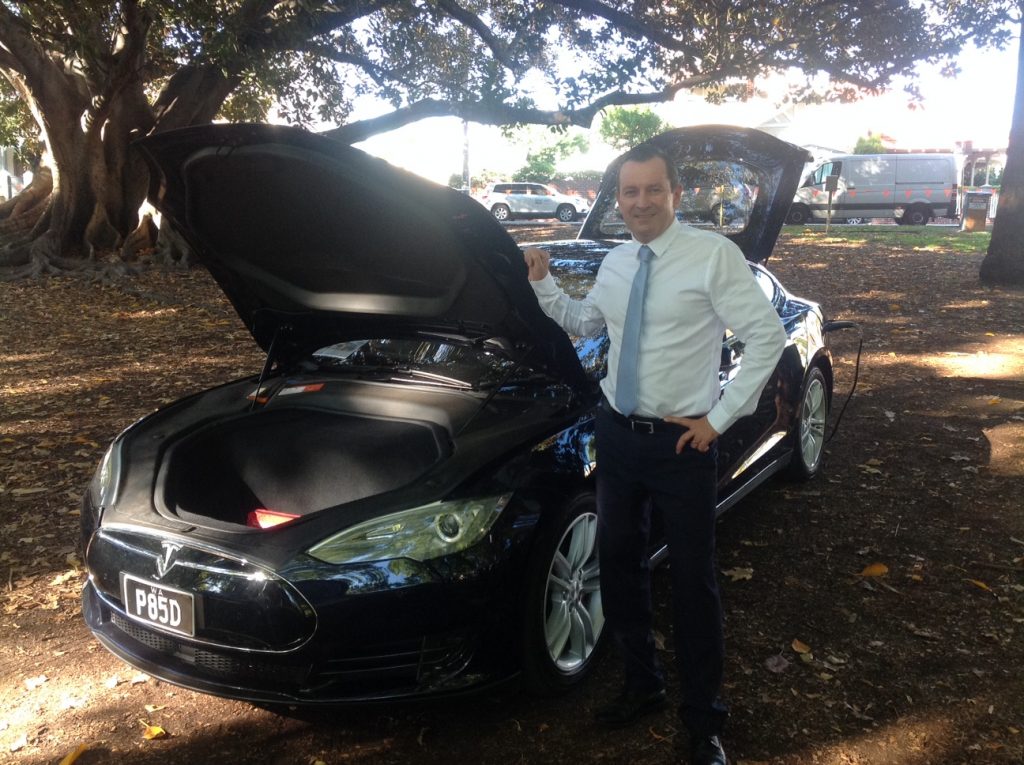
In summary the more EV drivers that get on board the better chance a we all have of getting a useful DC charging infrastructure in Western Australia, you may only do one thing but that email you send or hand you shake may be the one that gets it across the line.
Rob.
Dealing with ICEholes; Don’t Lose Your Cool!
Electric vehicle drivers soon learn the term being ICED, it refers to arriving at a parking spot set aside for EV charging only to find it blocked by an internal combustion engine vehicle, also known as an ICE. Many refer to the ICE driver responsible as an ICEhole, there’s at least one Australian based Facebook group dedicated to shaming these people, I doubt ICEholes really care, it’s more of an emotional support group for EV drivers that are regressive rather than progressive. The moment an EV driver vents their frustrations on social media the ICEholes have won, this apparent difficulty portrayed ends up being another reason to deter people buying EVs.
In reality not everyone who blocks an EV charging spot is an ICEhole so I’ll break it down into 3 categories:
1. The Arrogant EV Owner
I’ve used over 200 different charging locations in every state and territory in Australia and on the 3 occasions I’ve been completely prevented from charging my car it’s because of an Electric vehicle parked in front of the charger not plugged in or plugged in but no longer charging, it only takes a quick review of Plugshare comments and photos from that location in question to find the EV owner is a serial offender. Basically they treat it as their own personal parking spot, this is completely out of line and shows a complete disregard for other EV owners. In this category I should also include Prius drivers that take up the charging space expecting no one to notice they don’t have a charging port on their “self charging car”.
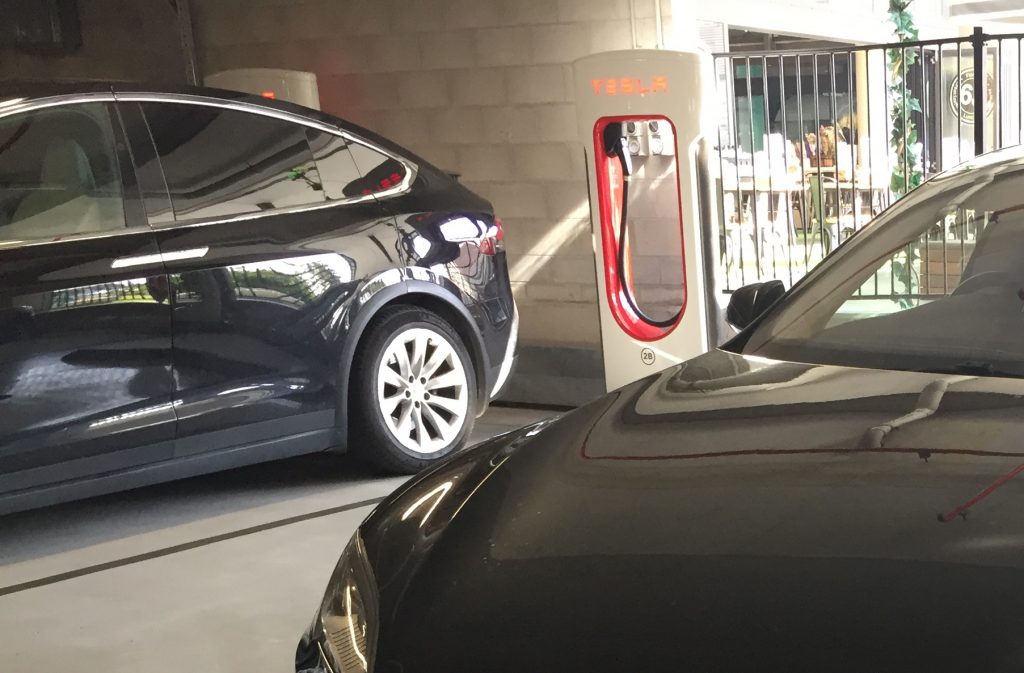
2. The Completely Unaware
There are still many ICE drivers that park in EV Charging bays purely through misunderstanding, the ground is not painted, the signage is poorly worded and sometimes non existent or in some cases hidden behind a huge concrete pillar. For those long term EV drivers out there, think about the times you’ve seen a new charging location and said to yourself “What idiot bureaucrat decided this was a good spot for a car charger?”
Very often the completely unaware ICE driver is keen to learn more about electric vehicles, if you play it smooth no doubt their next car will be electric.
3. The Deliberate ICEhole
This last one is split into two sub categories
A. The Annoyed
Think about the local that has parked in the same area weekly for the past 20 years, then a poorly advised council engineer decides to plonk an expensive ratepayer funded EV charger in front of the Post Office. That’s a red rag to a Bull, the local has paid rates all his adult life and can’t even get the potholes fixed in his street, give this person a break and write an email to the shire suggesting a better location for the charger.
B. The Antagonist
This is the true definition of an ICEhole, they’ve not only parked in the EV charging spot deliberately but they’ve bypassed 50 other better parking spots just to use the one allocated to EV charging, not only that but they’re also keen for a confrontation so they can tell their mates about it on social media. Don’t give them the pleasure, do the exact opposite of what they desperately hope for and avoid a discussion. Take a photo if they’re not looking and if possible report the vehicle to the buildings management with the minimum of fuss.
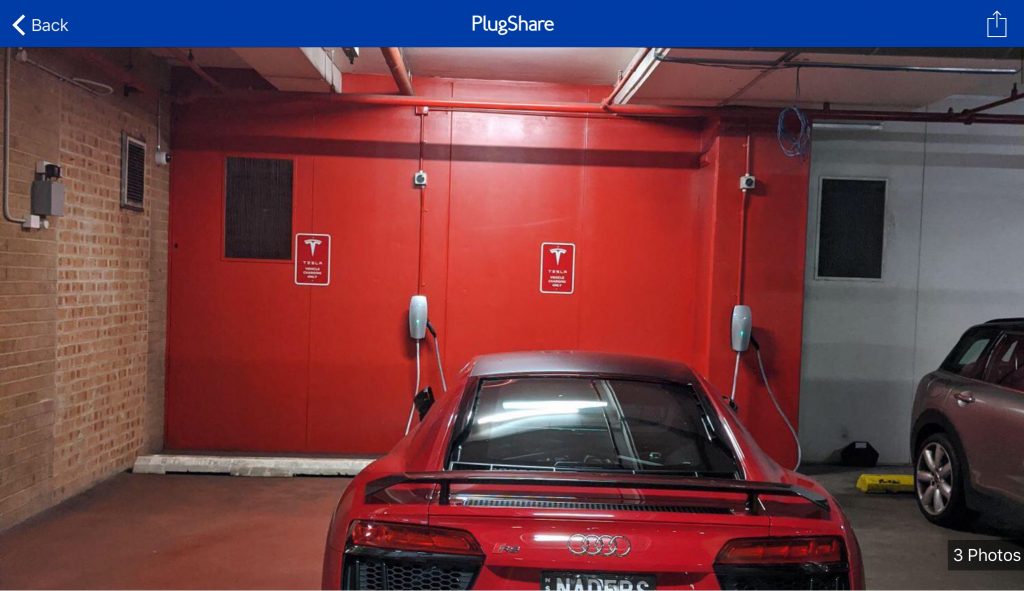
Australia is only in the early stages of electric vehicle adoption, it’s critical that drivers are educated with encouragement rather than confrontation so the EV experience is good for everyone, always remember when dealing with ICEholes don’t lose your cool.
Rob.
There’s Nowhere to Charge an Electric vehicle! (Hold my Beer)
This time 4 years ago we drove our electric vehicle from Perth to Broome and return. Why? Because folks said it couldn’t be done, apparently there was nowhere to charge. At that time probably 99.5% of Australia’s population had that belief. It didn’t stop Glen George during his around Australia trip in 2011, but I guess the anti EV media don’t see Glen driving a converted 1950s MG as meeting their “criteria”.
Robin and myself set off knowing that every location along the way had at the very least 10amp power points, but that’s “desperation charging”, the aim was to find something faster- 32amp 5 pin three phase outlets, 10 times faster charging than a standard wall socket, we knew three phase outlets were there but not always who authorised its use, finding an outlet was easy, persuading the custodians it could be used for EV charging not so easy.
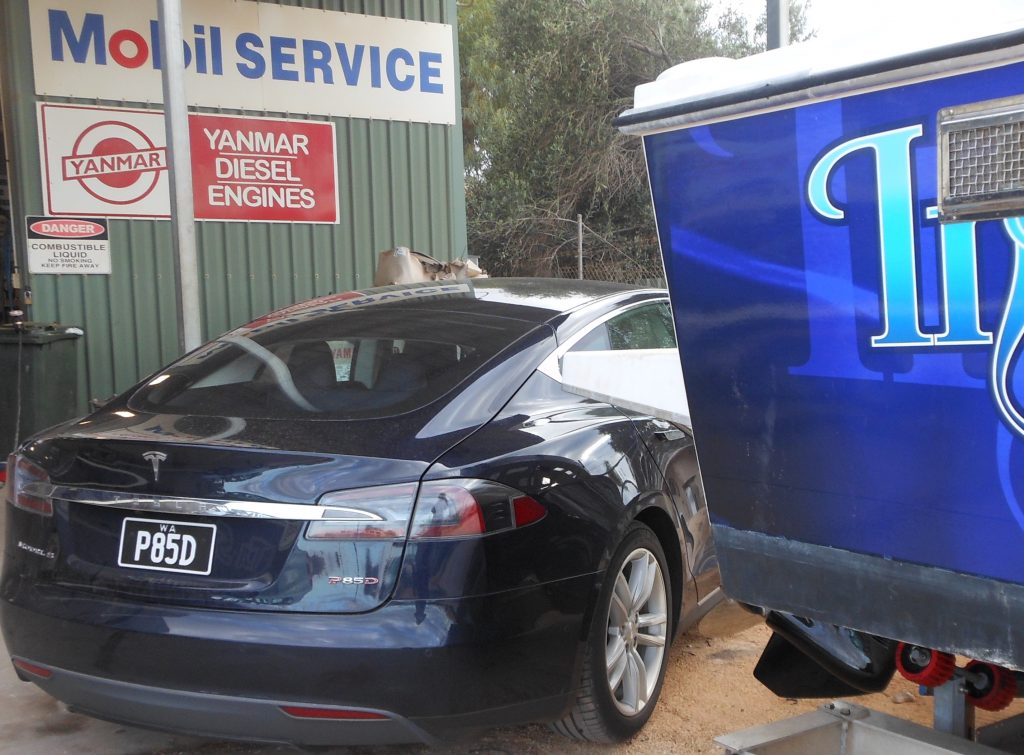
So how did it go? The 5400km return journey (with detours) had a limited number of hurdles, any negative always opened the door to a better solution than expected, that’s how life rolls if you have an open mind. The best memory is finding such a variety of charging locations in a fairly remote region of Australia. In order we charged at a cabinet maker, a steel fabrication factory, the SES, a marine mechanic in Exmouth, a disused bore pump 100 metres off the highway, the Walkabout Hotel outside of Port Hedland, Midalia steel (Mmmate!), a Golf course, an earth moving business and finally a supermarket storeroom.
So why bother? Why not wait for a DC fast charger network to be build? If we all had that attitude we’d still be living in caves, eating raw meat and being anti science, and besides there’s nothing as satisfying as taking on the challenge and proving people wrong. When folks now tell me there’s nowhere to charge I tell them to hold my Beer.
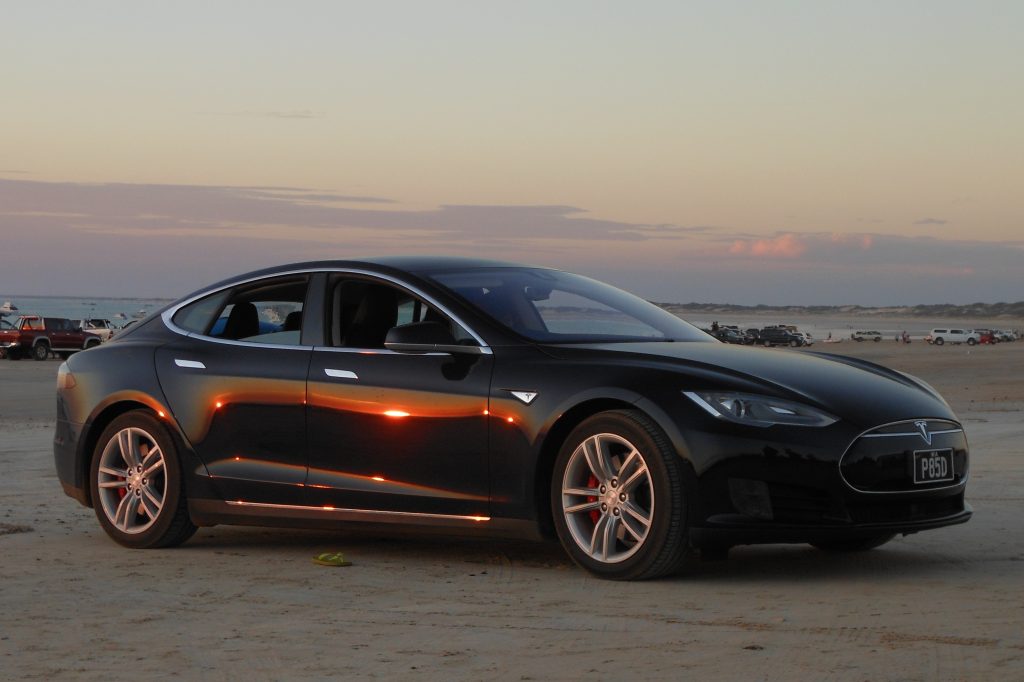
Lancelin Drive
Great to see so many come out for a play in the rain on Sunday.
A guide to Tesla destination charger etiquette
There are no real rules for the use of Tesla destination chargers but there is an etiquette that individual EV owners would be wise to follow so the freedom of use is not restricted for everyone.
Firstly a history of destination chargers in Australia:
A Tesla destination charger also known as a High power wall charger (HPWC) is virtually the same as the device most Tesla owners have installed at home. As well as Tesla providing a unit to each new Tesla owner they also provide one and sometimes two complimentary chargers to approved business’s around the country, you may find them in a 5 star hotel, you may also find one at a small Cafe in a country town.
Up until around late 2017 the installation cost was also paid for by Tesla, since that time any business looking to install destination chargers are almost always required to pay the installation cost, in some areas with no electrician nearby this can be up to $1500, a big outlay for a charger that may only attract 20 cars in its first two years, for many locations they’re never going to recoup the cost, they often know this but are keen to be part of a sustainable future.
So how did all the hundreds of destination chargers end up at locations spread all over the country? Various reasons but significantly many early destination chargers were installed due to the hard work and persistence of Tesla vehicle owners who encouraged businesses to take the risk and accept a destination charger from Tesla, bear in mind that many of these business owners had never heard or seen of Tesla until a few moments earlier when one pulled up in the carpark. In Australia circa 2015 a Tesla was about as believable as a flying DeLorean, just image the discussion that followed, imagine the patience and belief that Tesla owner had as he convinced the business owner to install a Tesla destination charger.
So what is the etiquette for using Tesla destination chargers?
For large city hotels and shopping centre’s that received chargers and installation cost for free they’re not really going to be too concerned with the added cost to their already massive electricity bills, I’m sure they’re keen for EV owners to return the favour and be a paying customer, I’m also sure they’re not going to chastise every owner that sits in their car looking like a stalker, but for many smaller businesses that installed chargers, many at an unreasonable installation costs some ethical behaviour is required from EV owners.
Many businesses are showing goodwill in advance hoping an EV owner will come in and purchase a meal, book a room or make some other financial contribution to the premises. If they require a fee for using the charger it very well could be previous EV owners had shown no good will in return, sometimes this is a misunderstanding based on who pays for the electricity, for others it’s a disregard for others, only a small percentage of drivers behave this way but it quickly ruins it for the vast majority.
A few tips to remember:
*Before arrival check on Plugshare for any potential cost to charge, you can check on the Tesla touchscreen but this information is not always up to date.
*If you’re still unsure of the cost go in and ask the staff, they may well say it’s free because you bothered to ask.
*If it’s your first visit ask permission before plugging in, courtesy may get you a free charge and a positive conversation.
*If you don’t like the price being requested for charging don’t use the charger, but also keep it polite, don’t complain and don’t rant on social media, your behaviour effects all those that follow.
*If the destination charger is fairly new and staff don’t know how much to charge be generous, if your car has consumed $7.45 of electricity round it up $10 or more, it’s very likely the business owners have just spent well over a $1000 on an installation that will never recover the money, you as a driver are still making a big saving compared to a petrol vehicle.
*If the staff decline payment for charging but you still feel the need to pay, put some cash in the staff tip jar or the RFDS (charity) collection tin.
Happy motoring!
Navigate using your smart phone Pro Tip
This video shows how you can send navigate destinations using the map apps on your smart phone
Road-trip charging Pro Tip
If you’re about to go on a long road trip, this video shows how to fully charge up your car while still looking after the battery pack.
Lancelin Drive Day 28th June
We are pleased to announce a family drive day to Lancelin next Sunday 28th June.
We will be gathering at the Alkimos Tesla Destination charger at The Gateway Shopping Precinct, 15 Graceful Blvd, Alkimos WA 6038, from 10:00am, before driving in convoy to Wangaree Park, 8 Rock Way, Lancelin WA 6044 at about 11:00am.
We expect to arrive at Lancelin at about noon.
Wangaree park has numerous facilities including shaded playground, skate park, gazebos, BBQs and public toilets. There is also a bakery across the street and an IGA around the corner.
Bring a picnic and enjoy a relaxing afternoon at one of Western Australia’s best kept holiday secrets.
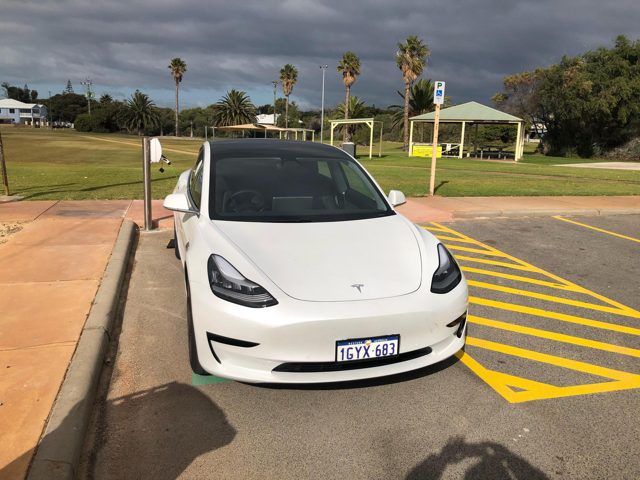
Wangaree Park PlugShare reference: https://www.plugshare.com/location/241564
Alkimos Tesla Destination Charger PlugShare reference: https://www.plugshare.com/location/130455
